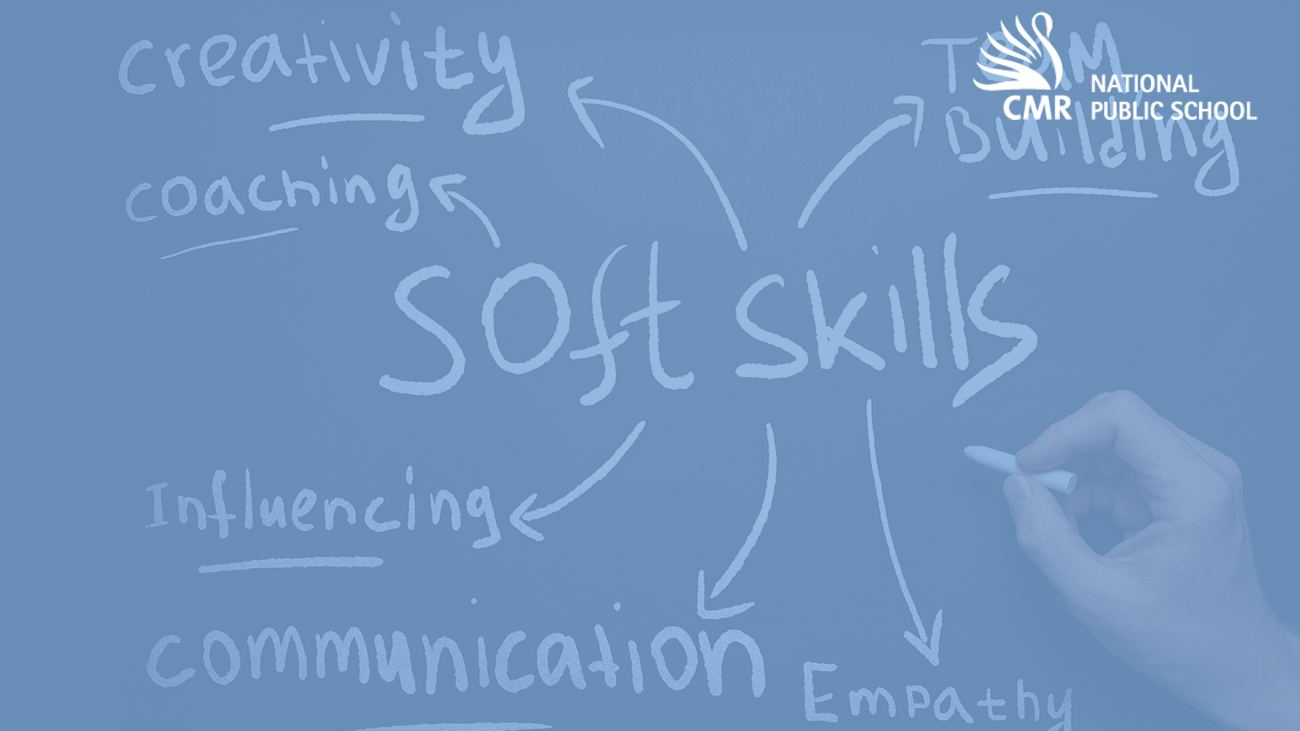After ages, I happened to catch up with an old friend of mine and as it happens when two friends meet, we started discussing various topics trying to gather and share as much information as possible within a short period. Our topics varied from health, family, shopping, and as always it happens with teachers, halted at school discussion, kids, students, and obviously how the pandemic has affected all.
The conversation took an interesting turn when we started talking about the 7 types of learners in any class and debating who was affected the most. I had read an article about it recently in https://www.time4learning.com/learning-styles/ and was genuinely amazed at the food for thought that it provided.
1. Auditory and musical learners – These are the ones we find humming to themselves when tasks are given. With an online platform, these children must be enjoying the maximum freedom and humming away to glory while the rest are attempting worksheets.
2. Visual and spatial learners – These kinds of learners are more organized and like visual instructions. They must be enjoying the visual treat of varied PPTs and online apps teachers are using to make classes more interactive.
3. Verbal learners- These are the usual bookworms of the class who enjoy reading books. Digital classes provide ample time to enjoy the e-books to their heart’s content.
4. Logical and mathematical learners – These are students who enjoy math and logical sequencing and generally despise long lengthy English writing. A small number are struggling with lengthy English assignments but managing fairly well thanks to technology.
5. Physical or kinaesthetic learner – Commonly called hands-on learners and who are the problem-solvers of our class in times of real problems and problem creators when things are peaceful. The lonesome group, who are unable to solve nor create problems since they are under the constant watchful eyes of their parents.
6. Social and interpersonal learners – These types of learners are visual, auditory, verbal, logical, or physical learners. These kids manage to adjust to all environments and are fairly happy with the current situation they are in.
7. Solitary and intrapersonal learner-Solitary learners can be visual, auditory, physical, verbal, or logical learners and usually stay aloof and private. A happy lot who are enjoying a good solitary moment with no one intruding into their comfort zone.
Teachers can easily recognize these various types of learners and cater to their respective needs during physical classes but are we as educators able to do justice on an online platform?
My friend voiced out her thought that while educators are trying to provide their best by ensuring a lot of colourful visuals, videos, discussions, etc the physical and kinesthetic learners are the worst affected since the practical ‘do and learn’ concept has reduced drastically. Their comfort zone has been completely hampered and they are forced to learn like the other types of learners.
While the younger generation is tech-savvy, students face various types of stress that they are unable to explain. Some who were so enthusiastic to answer in a normal class setup feel so uninterested in answering, while many are missing out on the one-on-one interaction.
To conclude, online classes need more self-discipline from a student. In a normal physical class, teachers and peers can motivate a student to do his/her work but in an online platform, each child has to set his/her own goals, motivate himself/herself to join, and find reasons to complete and submit assignments and practically control self from distraction.
Kudos to every child who is enduring this situation so well and Hats off to each one of them who despite being unsure of their abilities have managed to make full use of the situation and discover a hidden talent.


